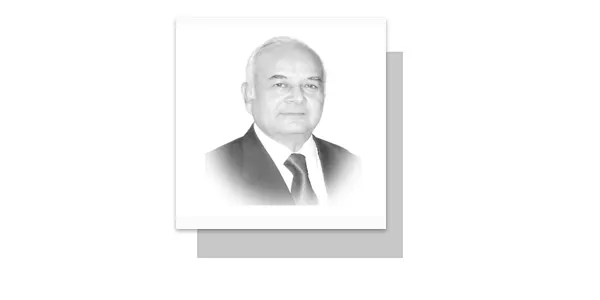To protect the middle and poor classes from ever-increasing and back-breaking schooling fees and utility rates, the government of Pakistan can explore the following out-of-the-box solutions:
- Education vouchers: Introduce an education voucher system where the government provides vouchers to eligible families to cover a portion of their children’s schooling fee. This empowers parents to choose more affordable schools and encourages healthy competition among educational institutions.
- Community schools: Establish community-based schools in low-income areas with reduced fee, supported by the government or private organizations. These schools can provide quality education at a lower cost, making education more accessible to disadvantaged students.
- Utility subsidies: Implement targeted subsidies on electricity, gas, and petroleum products for low-income households. By providing financial relief on utilities, the burden on the middle and poor classes can be reduced significantly. Moreover, three working days in office can also be experimented to reduce consumption of utilities and transportation costs and pollution, as was very successfully done during peak Covid periods.
- Renewable energy initiatives: Invest in renewable energy projects to decrease dependency on costly imported fuels and reduce electricity tariffs. This approach can lead to more affordable energy rates, benefiting all consumers, especially the economically vulnerable.
- Public-private partnerships: Collaborate with private companies to create initiatives that offer discounted utility rates and scholarships for low-income families. Such partnerships can leverage the resources of both sectors to achieve sustainable and inclusive solutions.
- Smart metering and energy efficiency: Promote the adoption of smart meters and energy-efficient appliances to reduce electricity and gas consumption. The government can incentivize households to use energy-saving technologies by offering rebates or reduced rates for those who implement such measures.
- Digital learning solutions: Invest in digital learning platforms and resources to make education more cost-effective. By utilizing technology, access to educational material can be expanded, easing the financial burden on students and their families, particularly in purchasing books and copies etc.
- Skill development programmes: Implement skill development programs to enhance employability among the middle and poor classes. By providing opportunities for vocational training and job placement, these individuals can improve their income levels and overall financial stability.
- Transparent pricing policies: Ensure transparency in utility pricing by regularly communicating the factors contributing to rate changes. This approach can increase public trust and understanding, leading to more effective feedback and potential refinements in policies.
- Financial literacy programmes: Educate citizens, especially the middle and poor classes, about financial planning, budgeting and savings. Equipping them with essential financial skills can empower them to manage their expenses effectively and plan for their children’s education.
Combining these out-of-the-box solutions with a commitment to sustainable economic growth and social welfare can help protect the middle and poor classes from the burden of increasing schooling fee and utility rates in Pakistan.
—The author writes on strategic, political, economic, current affairs & sports.
Email: nayyarahmad51@gmail.com










